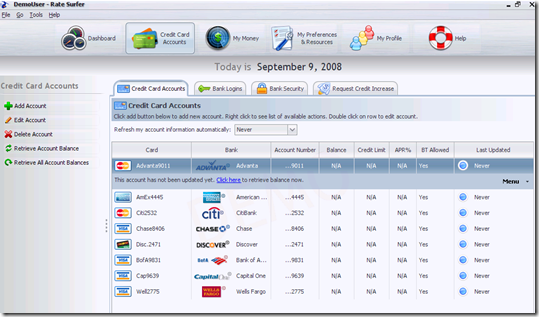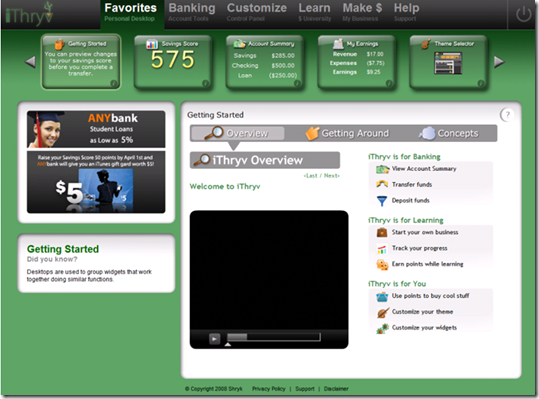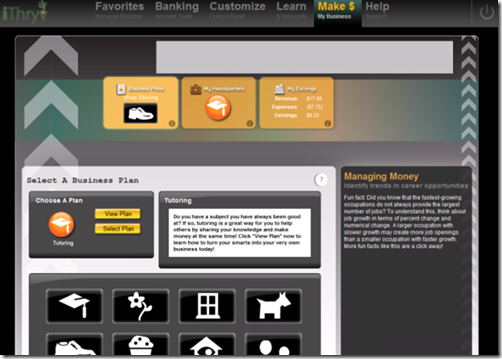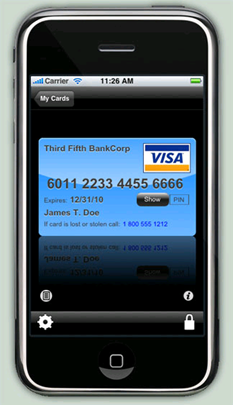 With bad news pouring down from all corners of the financial services world, it’s a difficult time to be a bank marketer no matter what condition your financial institution is in (see note 1).
With bad news pouring down from all corners of the financial services world, it’s a difficult time to be a bank marketer no matter what condition your financial institution is in (see note 1).
 But besides sending reassuring emails to your customers, highlighting your strong balance sheet on your website (see inset), and for the few with blogs, dropping the occasional rosy post into the RSS or Twitter feed (note 2), what’s a banker to do?
But besides sending reassuring emails to your customers, highlighting your strong balance sheet on your website (see inset), and for the few with blogs, dropping the occasional rosy post into the RSS or Twitter feed (note 2), what’s a banker to do?
When fear is rampant, little things can make a difference. Your customers have long been nervous about banking online. Most aren’t afraid enough not to use it, but lingering doubt remains.
Now might be a great time to follow the lead of ING Direct, Firstrade, and Muriel Siebert and introduce a software solution that provides extra security for online banking. While it won’t make a Fannie Mae shareholder any happier, it’s reassuring in these times that at least there are no crooks stealing your username and password.
 Online Banking Report publishes Security 4.0 (note 3)
Online Banking Report publishes Security 4.0 (note 3)
In the latest Online Banking Report, we look at several promising software solutions that allow even malware-infested users to connect safely to their bank. Both solutions earned OBR Best of the Web designations (note 4):
- Rapport from Trusteer, now being distributed by ING Direct in the United States and Canada (previous post here)
- SafeCentral from Authentium, being distributed by Firstrade and in testing at several major banks (Finovate Startup demo video here)
 We also take a closer look at Bank of America’s SafePass (previous post here), which is an easy way for customers to add an extra security layer to their login, although it won’t prevent certain malware to hijack the session. See the inset for the complete Table of Contents.
We also take a closer look at Bank of America’s SafePass (previous post here), which is an easy way for customers to add an extra security layer to their login, although it won’t prevent certain malware to hijack the session. See the inset for the complete Table of Contents.
Online Banking Report subscribers may download it now here. Others may download abstract here, or purchase here. Cost is US$495.
Notes:
1. But be thankful if your financial institution is not in the headlines right now. I’m in the hometown of WaMu and the headlines this morning were not pretty.
2. Blog post from Verity CU on 16 Sept.; Twitter update from First Federal today
3. Our fourth full Online Banking Report on security/privacy; previous reports were #119, #93/94, and #48.
4. OBR Best of the Web awards are given periodically to pioneering online banking features. It is not an endorsement of the company or product, just recognition for what we believe is an important development. Trusteer and Authentium were the 71st and 72nd recipients of the designation since we began awarding them in 1997.
































